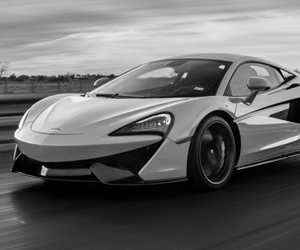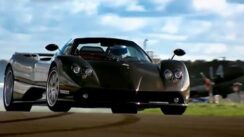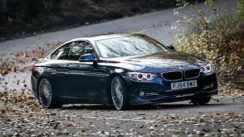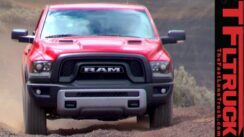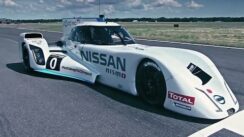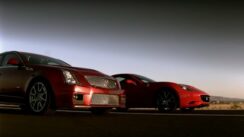Power-to-Weight Better than a Veyron

The various iterations of the Bugatti Veyron are collectively in a very rare class. The 300 cars built are some of the priciest and fastest cars ever, and still hold the top speed record for a production car at 270.49 mph. With 1,000 hp and weighing in at a not so svelte 4,162 lbs, you have a power-to-weight ratio of 4.2 lbs per horsepower. Impressive, but we’ve compiled a list of ten cars with even better power-to-weight figures.
BAC Mono
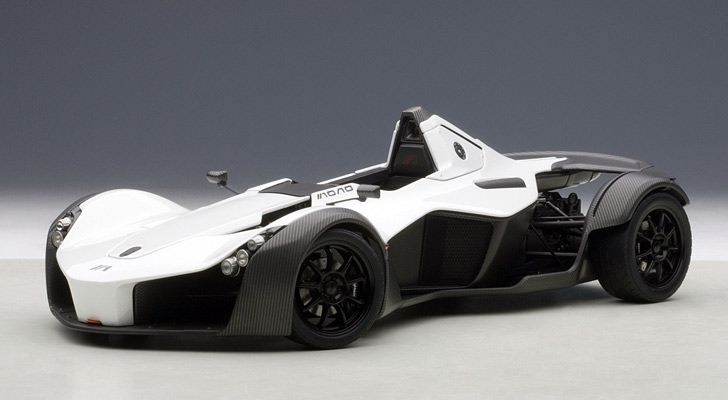
Bet you didn’t expect to see a Ford Duratec four cylinder on this list. Tuned by Cosworth, and handed over to Briggs Automotive Company, it generates 285 horsepower. That still doesn’t sound like a lot, but it doesn’t have to be when your car weighs as much as a Harley-Davidson soft-tail. At 1,190 lbs, this single-seater boasts 4.18 lbs per hp, making it as fun as it is small.
Pagani Huayra
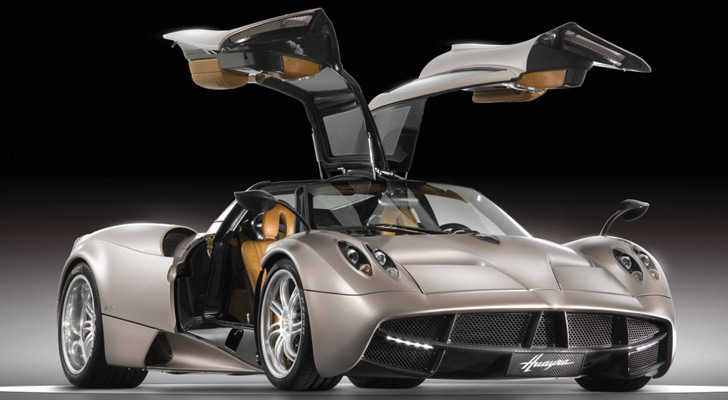
Yeah, I can’t pronounce it either, but the Huayra is gorgeous and fast. Speed is handled by the 720 hp Mercedes AMG 6.0 liter V12. The mostly carbon fiber chassis weighs in a 2,980 lbs, letting the Pagani Huayra edge out the Veyron with a power-to-weight of 4.14 lbs per hp. Plus it looks better, is more exclusive with 1/3 the production build, and is 5 seconds faster around the Top Gear test track.
Ariel Atom 500
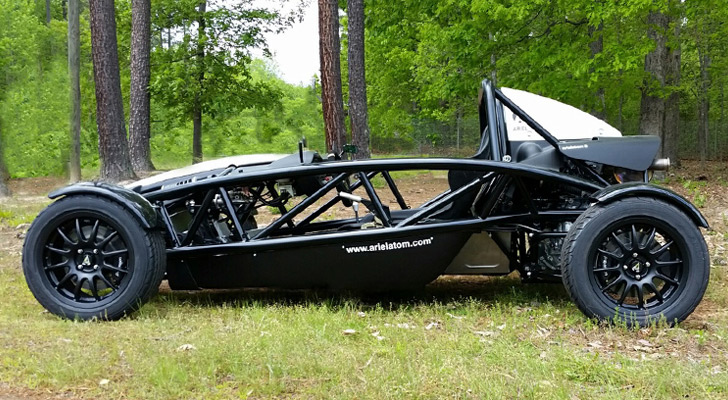
The Ariel Atom has been embarrassing more expensive cars with its Honda and GM sourced four bangers for over a decade. Originally priced around $50k, the Corvette priced open top roadster delivered supercar acceleration, speed, handling and braking. When that isn’t enough, order an Atom 500 with a 3.0 liter V8 making 500 hp. Weighing an anorexic 1,213 lbs, the psycho Atom offers 2.4 lbs per hp.
McLaren F1

The legend. The 20 year old world record setter seats three, but weighs in at only 2,509 lbs, which helped create some of its myth. The other half is 24-carat-gold lined engine bay housing the BMW-sourced 6.1 liter V12. Unlike most cars on here, the F1 is naturally aspirated for reliability and predictability. Everything from the brakes to the steering has been called technically perfect, but the 4 lbs/hp ratio doesn’t hurt ether.
Caterham Levante
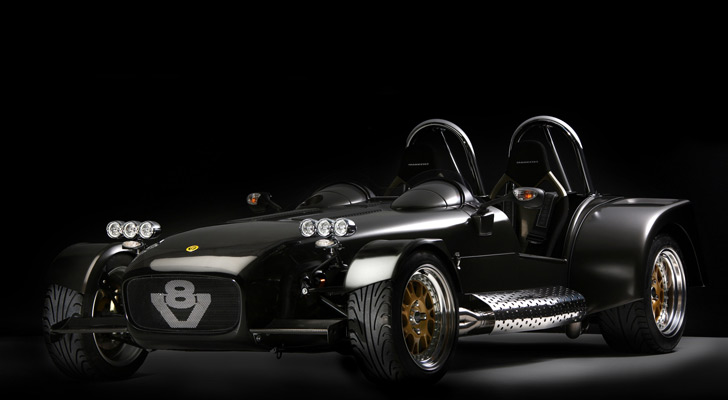
Want to crush a Veyron for 1/10th the price? Built by RS Performance Engine Developments in the UK took Caterhams’s already lightweight and brilliant Seven sports car and upgraded it to supercar performance. Even the “regular” Seven has a power-to-weight close to the top dogs from Ferrari and Porsche, so now imagine the 200 hp four cylinder replaced with a 500 hp V8. Yikes. The carbon fiber body keeps the Levante at an insane 1,100 lbs, and just 2.2 lbs per hp.
LaFerrari
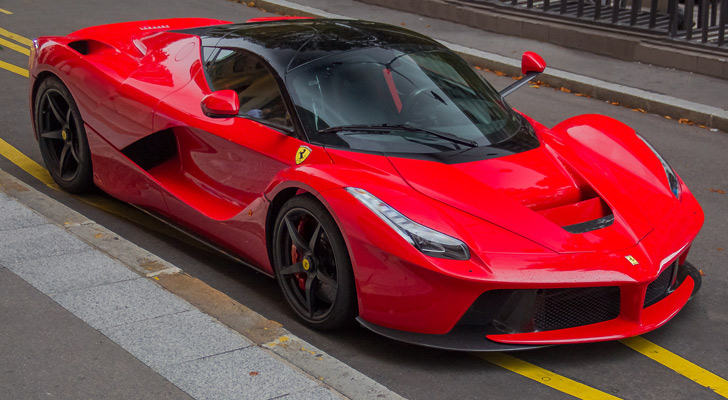 Flickr photo by Benoit cars shared under a CC license
Flickr photo by Benoit cars shared under a CC license
“Ferrari” and “hybrid” are two words that would have been unthinkable ten years ago. Fortunately, the prancing horse decided to focus on performance, and the mild hybrid LaFerrari makes a crushing 950 hp. Despite the dumb name, the Ferrari flagship delivers stunning performance, with power and torque all over the powerband. The weight is Mustang-like, at 3,475 lbs, but the overwhelming power keeps it to a Bugatti besting 3.7 lbs per hp.
Ultima Evolution
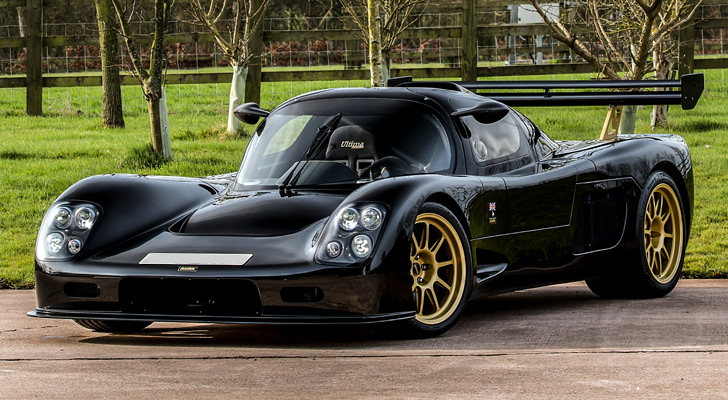
With the previously nutty racecar for the street, the GTR720, Ultima Sports Ltd had a kit car that sold for a reasonable price, while weighing in at 3 lbs per hp. The Evolution is, well, the evolution of that successful program. The Evo has the same formula, light weight and a GM LSx engine, but cranks the power while keeping the weight down. The final result maxes out at 1,020 hp, but weighs just 2,094 lbs. If that sounds crazy, it is. While the Evolution is basically a race car with plates, it’s also 2.1 lbs per hp.
McLaren P1
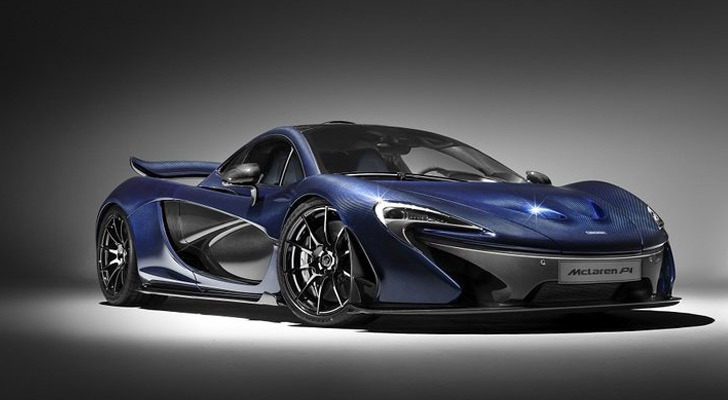
McLaren released the true successor of the F1 in 2014. It took nearly two decades to make something as awesome. The P1 raised the bar for performance, with a twin-turbo 3.8 liter V8. Unlike the F1, this is McLaren’s in-house engine, and while 35% smaller, it generates a massive 903 hp, a 45% increase. The F1’s weight can’t be touched with current technology and safety regulations, but 3280 lbs is decent, if Corvette-ish. Still, the new McLaren dominates most cars, with just 3.7 lbs per hp.
Ferrari Enzo FXX
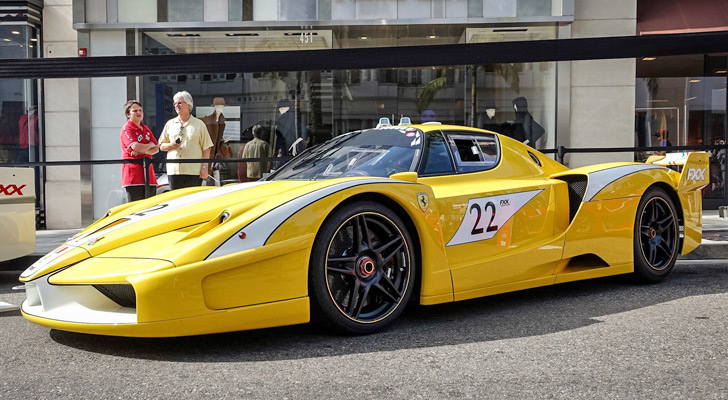
Flickr photo by mjhbower shared under a CC license
The Ferrari Enzo was considered absurd with 660 hp at its debut back in 2003. The 2005 FXX program was a track-only version of the Enzo with the volume turned all the way up. Engine displacement is up, and so is horsepower, at 809. New suspension and braking systems were ripped from Formula 1, making this an incredible track car. At 2,546 lbs, 10 years after its debut, it’s still an impressive 3.1 lbs per hp. The brand new FXX-K has more power, and ranks higher at 2.6 lbs per hp. However, there is only one prototype, so take that one off your Christmas list.
Koenigsegg One:1
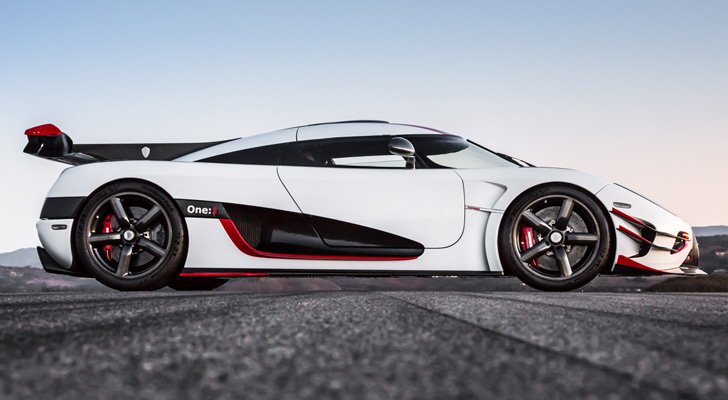
Here in ‘Murica, we don’t use imaginary terms like PS and kg, so the Koenigsegg One:1’s power-to-weight of 1635:1634 doesn’t make much sense. What this means for you is an incredible 1,341 hp in a car that weighs 2,998 lbs, delivering 2.44 lbs per hp. K’egg had to use several racing tricks to make a hugely powerful car that light (~1,200 lbs lighter than the Veyron), like carbon fiber engine components and a racecar-like stripped interior. If you want to beat the Veyron on speed and price, there’s nothing better than a One:1.
I don’t suppose any of our readers own one of these cars, however, I have been known to be wrong once or twice. If you are the owner of a car with a better power-to-weight ratio than the Veyron, feel free to tell us about it. Or, post up and let us know which one is your favorite.



































